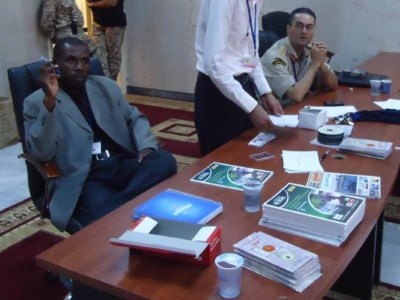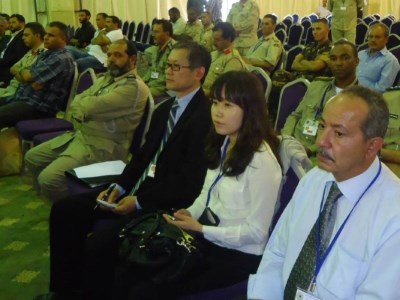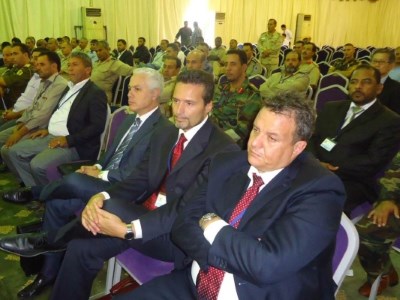This article deals with the theories used in the destruction of toxic warfare agents and chemical weapons, according to the correct requirements and rules. At the beginning of the article, the writer referred to an incident that occurred
after the end of World War II, during which the Allies randomly disposed of a large part of Germany's chemical arsenal that they had seized, by dumping huge quantities of them in the sea, or burning them, causing pollution to the environment.

Then the writer highlighted the regulations provided by the Chemical Weapons Convention, which came into progress in 1997, and these regulations relate to the proper methods that states possessing chemical weapons should adhere to when destroying their stockpiles.
In the body of the article, the writer reviewed the theories used in the destruction of warlike toxic agents and chemical weapons, as follows:
The two main methods of destroying chemical weapons are; High-temperature destruction such as incineration, and low-temperature destruction such as neutralization, and these two methods are follow by the post-treatment process of the secondary wastes that result from the process of burning or neutralization.

The writer added that there is another method that can be used for the same purpose, which is destruction through "plasma gasification". It is a very sophisticated method, which is simply to convert waste into energy by "plasma gasification", that means converting matter from a liquid or solid state to a gaseous state. The organic and inorganic waste is treated by a reactor that uses a powerful plasma burner to raise the temperature of the waste to thousands of degrees. This terrible heat leads to a complete cracking of the relevant chemical bonds.










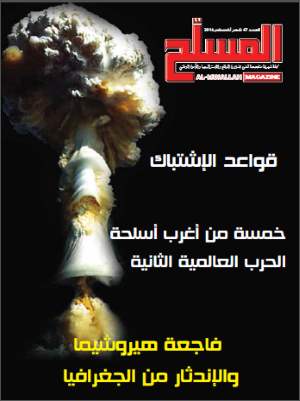

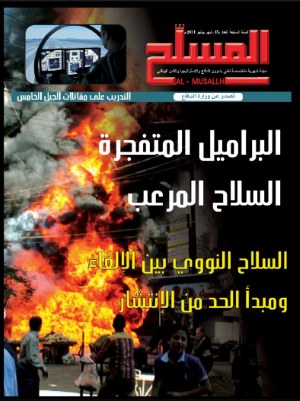
 English
English  العربية
العربية 

